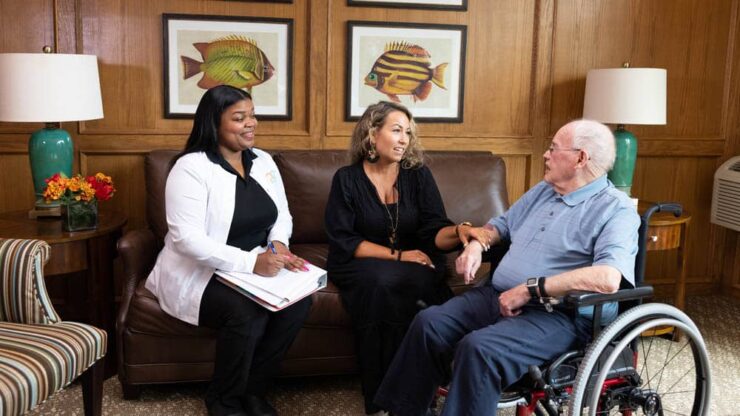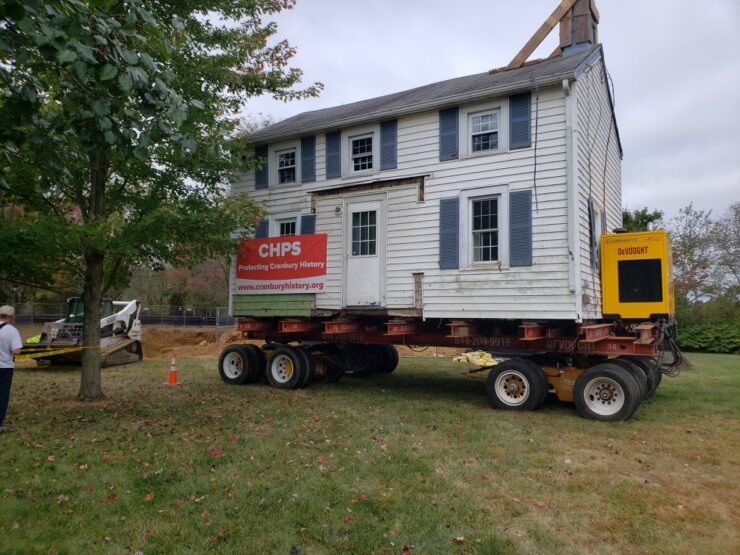Moving can be a daunting task for anyone, but for seniors and people with disabilities, it can be even more challenging. From packing up belongings to coordinating logistics, relocating a house requires careful planning and consideration.
In this article, we will provide helpful tips and advice on how to move a house with ease for seniors and individuals with disabilities. Whether youre downsizing to a more manageable space or transitioning to a new home that better suits your needs, we will offer practical suggestions to make the moving process as smooth as possible.
By following these tips, you can navigate the complexities of moving with confidence and peace of mind.
Assessing Your Needs: Seniors and People With Disabilities
Assessing your needs when it comes to moving a house can be especially important for seniors and people with disabilities. It’s essential to take into account any physical limitations or mobility challenges that may impact the moving process.
Consider factors such as accessibility, stairs, narrow hallways, and heavy lifting requirements. It may be helpful to create a detailed plan or checklist to ensure that all needs are met during the move.
Additionally, enlisting the help of professional movers who have experience working with seniors and individuals with disabilities can make the process smoother and less stressful. By assessing your specific needs and creating a tailored moving plan, you can ensure a successful and efficient relocation.
Planning and Organization: Steps to Take Before Moving

Before moving, it’s crucial to thoroughly plan and organize every aspect of the relocation process, especially for seniors and individuals with disabilities. To start, create a detailed moving checklist that includes tasks such as decluttering, packing, hiring movers, and updating your address.
Next, consider any special accommodations that may be needed during the move, such as accessible transportation or assistance with heavy lifting. It’s also important to research and select a reputable moving company that has experience working with seniors or individuals with disabilities.
By taking these steps before moving day, you can ensure a smooth and stress-free transition to your new home.
Adapting Your New Home: Accessibility Features to Consider
When moving into a new home, it’s important to consider accessibility features that will make daily living easier for seniors and people with disabilities. Some key features to consider include wheelchair ramps, wider doorways, grab bars in bathrooms, lever-style door handles, lowered countertops, and non-slip flooring.
These modifications can greatly increase independence and safety within the home. Additionally, installing smart home technology, such as voice-activated devices and remote-controlled lighting, can further enhance accessibility and convenience. Working with a professional contractor or accessibility expert can help ensure that your new home is tailored to meet your specific needs and requirements.
By making these adjustments, you can create a comfortable and functional living space that promotes ease of mobility and independence.
Packing and Decluttering: Tips for an Efficient Move

Before starting the packing process, it’s important to declutter your belongings to make the move more efficient. Begin by sorting through each room and deciding what items are essential and what can be donated or discarded.
It can be helpful to create a keep, donate, toss system to easily categorize your belongings. As you pack, be sure to label each box with the room it belongs in and a brief description of its contents.
This will save you time and effort when unpacking in your new home. Utilizing color-coded labels or markers can also help you stay organized and easily identify where each box belongs.
Additionally, consider packing a first night box with essential items such as toiletries, medications, and a change of clothes to ensure a seamless transition into your new space. Streamlining your packing process and decluttering beforehand will make the moving experience more manageable and less overwhelming.
Managing Stress: Coping Strategies for Seniors and People With Disabilities
Managing stress can be challenging for seniors and people with disabilities, but there are coping strategies that can help make the process easier. One helpful tip is to practice relaxation techniques such as deep breathing exercises or meditation to help calm the mind and body.
It is also important to prioritize self-care by taking breaks when needed, engaging in enjoyable activities, and seeking support from friends and family. Additionally, setting realistic goals and boundaries can help reduce feelings of overwhelm and anxiety. By implementing these coping strategies, seniors and people with disabilities can effectively manage stress and improve their overall well-being during the process of moving to a new house.
Conclusion

In conclusion, moving house can be a daunting task, especially for seniors and people with disabilities. However, with proper planning and preparation, it is possible to make the process smoother and less stressful.
By enlisting the help of friends, family, or professional movers, utilizing specialized equipment, and making necessary accommodations, seniors and individuals with disabilities can successfully transition to their new homes. Remember to prioritize safety and take breaks when needed to avoid unnecessary strain.
For more tips and information on how to move a house effectively, click here.

